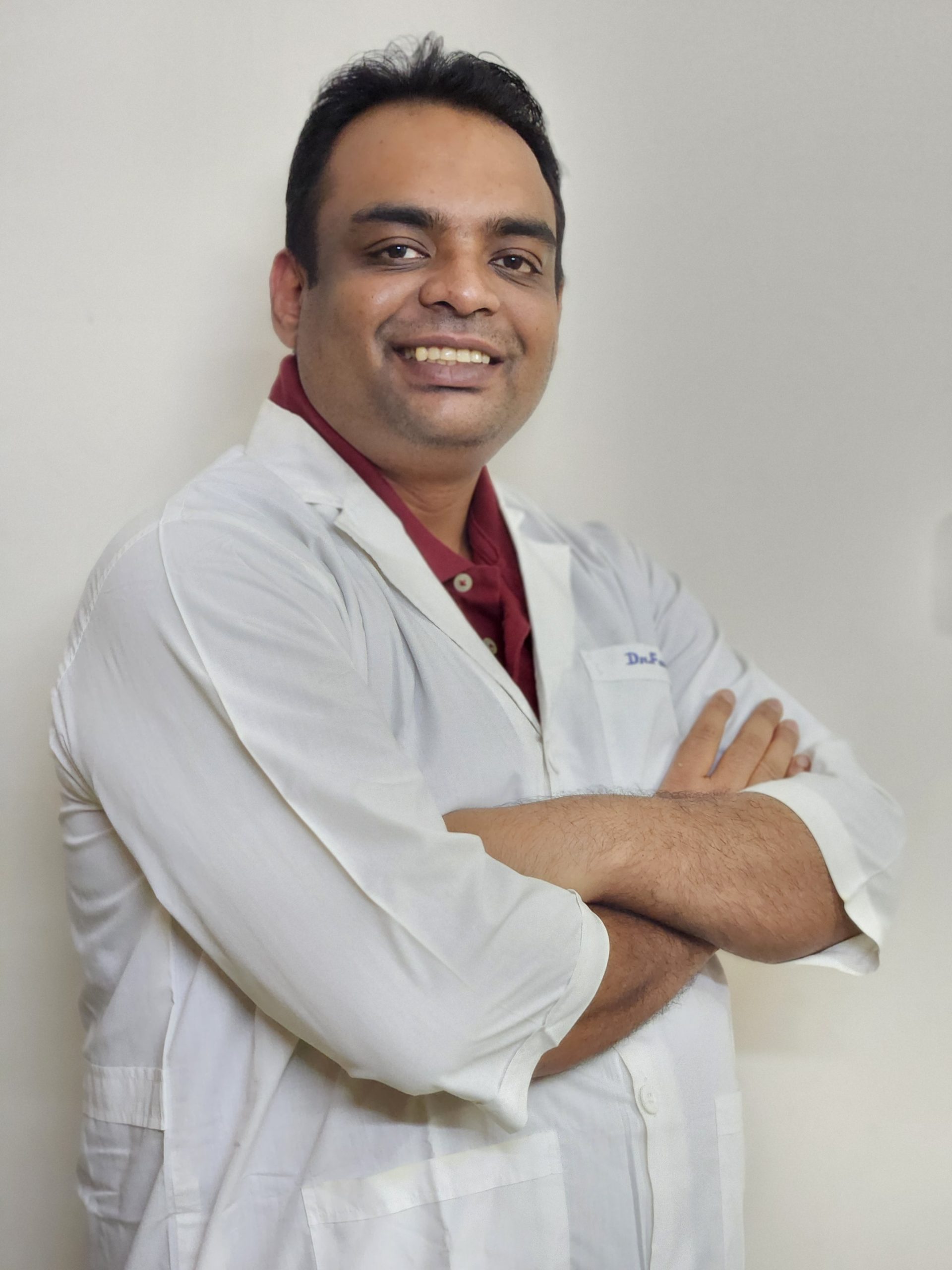
Liver Surgery
Best Liver Surgeon in Dhaka
Liver surgery has undergone significant advancements in recent years, transforming the landscape of hepatobiliary surgery and improving outcomes for patients facing various liver conditions. This intricate organ plays a crucial role in metabolic processes, detoxification, and digestion, making liver surgery a complex but necessary intervention for a range of conditions, from tumors to cysts and transplantation. This article explores the latest developments in liver surgery, focusing on innovative techniques, minimally invasive approaches, and the overall impact on patient care.
Evolution of Liver Surgery
Historically, liver surgery posed considerable challenges due to the organ’s unique anatomy, rich blood supply, and regenerative capabilities. Early procedures were associated with high morbidity and mortality rates. However, with the evolution of surgical techniques, anesthesia, and perioperative care, liver surgery has become safer and more effective.
A pivotal breakthrough in liver surgery occurred with the introduction of liver segmentectomy and sectionectomy, allowing surgeons to remove specific portions of the liver while preserving functional tissue. This shift from extensive resections to more targeted approaches marked a turning point in the field, minimizing postoperative complications and improving patient outcomes.
Minimally Invasive Liver Surgery
In recent years, there has been a paradigm shift towards minimally invasive liver surgery, which includes laparoscopic and robotic-assisted techniques. These approaches offer several advantages over traditional open surgery, such as reduced blood loss, shorter hospital stays, and quicker recovery times.
Laparoscopic liver surgery involves making small incisions through which specialized instruments and a camera are inserted. This technique allows surgeons to visualize the liver and perform precise maneuvers with minimal trauma to surrounding tissues. Robotic-assisted surgery takes this a step further, offering enhanced dexterity and improved visualization, enabling surgeons to perform complex maneuvers with greater precision.
The benefits of minimally invasive liver surgery extend beyond the immediate postoperative period. Patients often experience less pain, reduced scarring, and a quicker return to normal activities. These advancements have expanded the pool of candidates eligible for liver surgery, as the benefits of a less invasive approach make the procedure more accessible to a broader range of patients.
III. Advances in Imaging and Navigation
Accurate preoperative planning is crucial for the success of liver surgery. Advances in imaging technologies, such as computed tomography (CT) and magnetic resonance imaging (MRI), allow surgeons to obtain detailed 3D reconstructions of the liver, aiding in the identification of tumor location, vascular structures, and potential challenges during surgery.
Intraoperative imaging techniques, such as intraoperative ultrasound (IOUS), play a vital role in real-time navigation during surgery. Surgeons can use IOUS to assess the liver’s vasculature, identify tumors, and ensure the completeness of the resection. This dynamic approach enhances the precision of liver surgery and reduces the risk of leaving residual disease.
Living Donor Liver Transplantation
Liver transplantation remains a life-saving option for patients with end-stage liver disease or irresectable liver tumors. In the context of liver transplantation, living donor liver transplantation (LDLT) has emerged as a groundbreaking technique. In LDLT, a portion of the healthy donor’s liver is transplanted into the recipient, promoting quicker graft function and reducing the time spent on the transplant waiting list.
Advancements in LDLT techniques, including refinements in donor hepatectomy and graft implantation, have improved outcomes for both donors and recipients. Comprehensive preoperative evaluation and careful donor selection ensure the safety of the living donor while expanding the donor pool and addressing the shortage of deceased donor organs.
Enhanced Recovery After Surgery (ERAS) Protocols
The implementation of Enhanced Recovery After Surgery (ERAS) protocols has revolutionized the perioperative care of liver surgery patients. ERAS focuses on optimizing preoperative, intraoperative, and postoperative care to accelerate recovery and minimize complications.
Key components of ERAS protocols for liver surgery include preoperative counseling, nutritional optimization, minimization of fasting periods, and early mobilization. These measures collectively contribute to reduced postoperative pain, faster recovery of bowel function, and shorter hospital stays. The integration of ERAS protocols into liver surgery has led to improved patient satisfaction and overall outcomes.
Immunotherapy in Hepatocellular Carcinoma
Hepatocellular carcinoma (HCC) is the most common primary liver cancer and often requires surgical intervention. In addition to surgical approaches, recent developments in cancer treatment have introduced immunotherapy as a promising adjunctive therapy for HCC.
Immunotherapy aims to harness the body’s immune system to target and eliminate cancer cells. Immune checkpoint inhibitors, such as nivolumab and pembrolizumab, have shown efficacy in advanced HCC. The integration of immunotherapy with surgical interventions represents a multimodal approach, potentially improving long-term outcomes and reducing the risk of disease recurrence.
Conclusion
The landscape of liver surgery has evolved significantly, driven by advancements in surgical techniques, imaging modalities, and perioperative care. Minimally invasive approaches, living donor liver transplantation, precision imaging, and the integration of immunotherapy have collectively contributed to improved outcomes and enhanced patient care.
As technology continues to advance, the future of liver surgery holds the promise of even more refined and personalized approaches. Ongoing research and clinical trials will further shape the field, offering new strategies to address the complexities of liver diseases and optimize patient outcomes. In this era of innovation, liver surgery stands as a testament to the remarkable progress achieved in the quest for better treatments and improved quality of life for patients facing hepatic conditions.
emergency
Lorem ipsum dolor sit amet, consectetur adipiscing elit. Ut elit tellus, luctus nec ullamcorper mattis, pulvinar dapibus leo.
